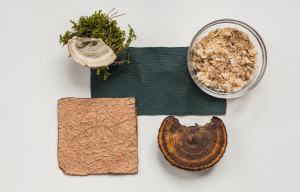
Sustainable Alternative and Bio-Based Materials Summit
Opinion


Review of the recently held Sustainable Alternative and Bio-Based Materials Digital Summit.

8th April 2022
Anne Prahl
|
Online
Following on from last year’s Sustainable Alternative and Bio-Based Materials summit, which showcased an extensive range of material innovations, this year’s event caught up with some of the start-ups to focus on the challenging journey from concept to commercialisation.
Alternative and bio-based material innovation
Bio-based materials are often categorised by the way they are manufactured, or the type of feedstock utilised. Manufacture can include the adaption of existing processes and technologies or requires the development of an entirely new process. In terms of raw material inputs, we have seen a significant expansion of feedstock types, ranging from algae and plant-based fibres, mycelium, microbe-derived materials and cultivated animal cells to regenerated and recycled waste materials.
During their panel on the limits of bio-material innovation and emerging developments, Shahriare Mahmood, Chief Sustainability Officer at Spinnova and Aaron Nesser, Co-Founder and CEO at AlgiKnit agreed that the word bio-based is not that suitable for describing the vast variety of materials placed under this umbrella term. Therefore, it is important for industry to create clearer definitions, so that these materials can be compared and measured for performance and environmental aspects going forward.
Charlotte Borst, Innovation Associate at Fashion for Good, reiterated the need to develop industry’s understanding of bio-based materials including bio-synthetics and points to Biofabricate and Fashion for Good’s joint report ‘Understanding Biomaterial Innovations: a primer for the fashion industry’ for clarification.
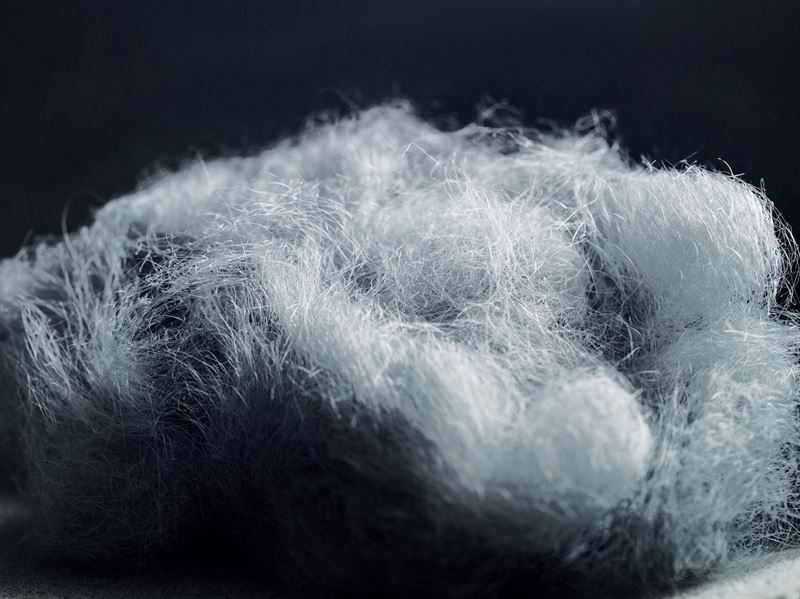
Mahmood reminded the audience those materials described as bio-based are not necessarily biodegradable and while Spinnova’s wood-based cellulose fibres can be 3rd party certified for biodegration, the company prefers to reuse and remake them into new materials. The Spinnova fibre production process can be used for multiple types of renewable raw material streams and the company is working with partners to recycle materials, such as agricultural, textile and leather waste. One example is the company’s collaboration with shoe brand ECCO’s leather partner KT Trading to create a new circular textile made from leather waste. This new textile possesses the natural durability expected from leather, while handling like a lightweight and traditional textile.
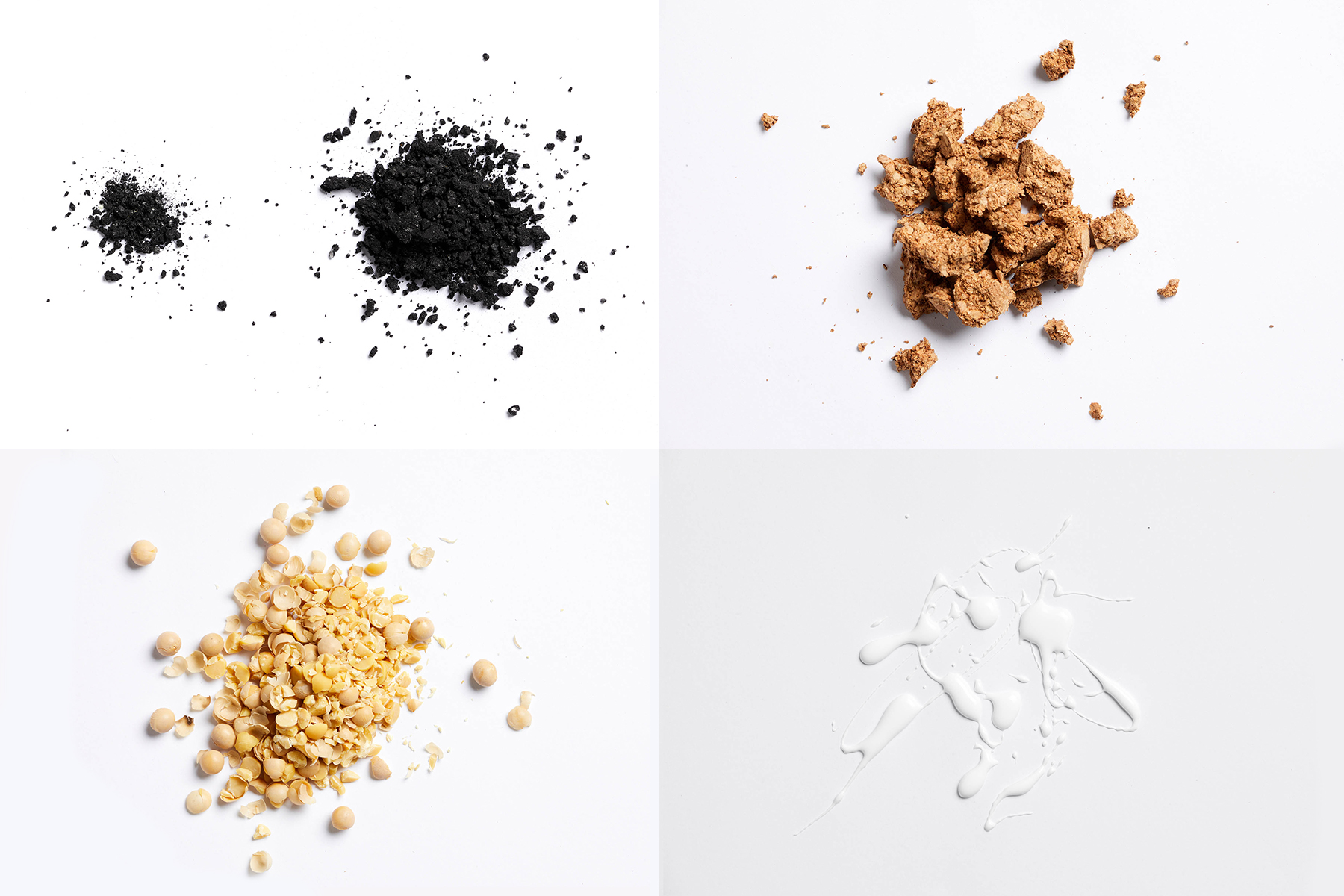
Natural Fiber Welding are known for their disruptive welding technology, capable of moulding plant-based fibres into materials that can compete with synthetics. The company employ a highly customisable ecosystem of natural materials to manufacture bespoke and circular materials for their customers. These include ingredients such as charcoal, cork, soybeans and natural rubber to provide a custom formulation of their leather-like material MIRUM to accessory company Bellroy. Natural Fiber Welding’s collaboration with Ralph Lauren produced highly breathable, quick-drying and high absorbency cotton apparel, made from their signature material CLARUS, which utilises a yarn made from 50% recycled and 50% organic virgin cotton.
Like Natural Fiber Welding, who are committed to developing alternatives for fossil fuel-based performance fabrics in order to address microplastic pollution, a number of material innovators cite microplastic and microfibre shedding as a key inspiration in their work. However, much like the confusion around the word bio-based, industry needs to align on the understanding and use of current terminology to strategically develop solutions. Microfibre and microplastic shedding are often used synonymously but a differentiation should be made in line with fragment size and fibre type, while the general assumption that all natural or bio-based fibres will biodegrade harmlessly and fossil fuel-based fibres won’t, is not always accurate.
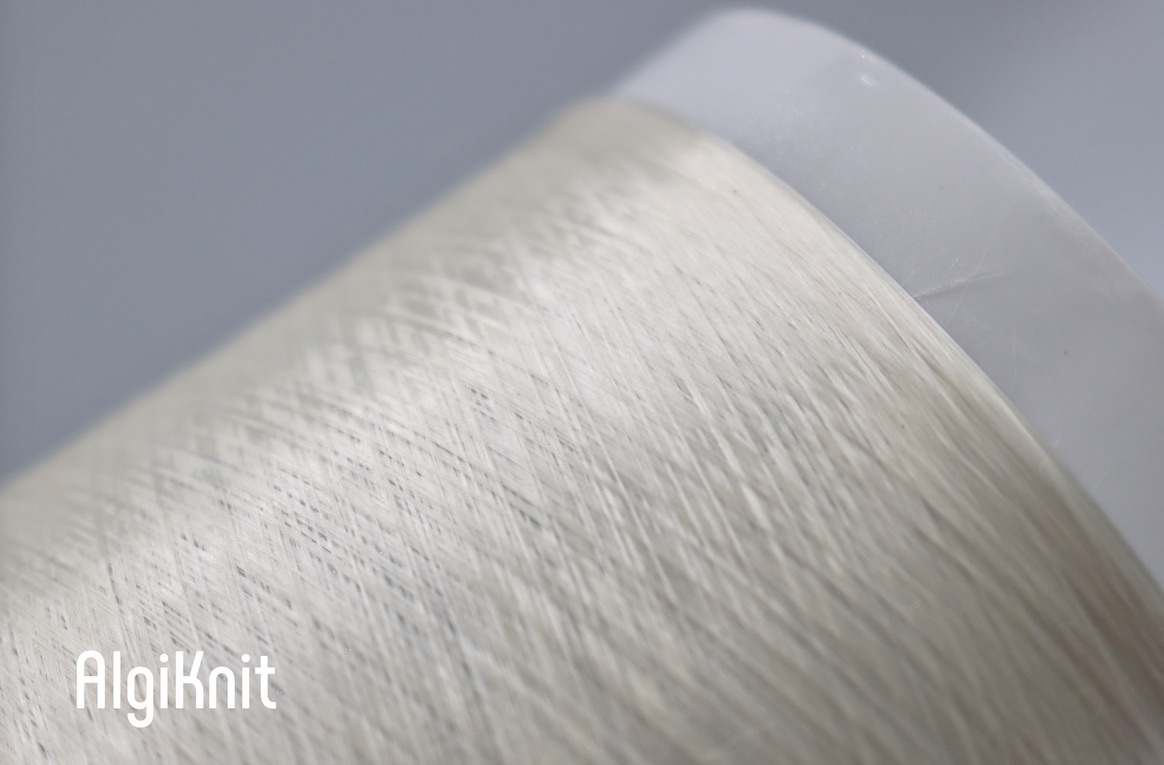
Nesser shared his personal story about wanting to be part of the solution to plastic pollution and explained that material start-ups should think of Earth as their client to make environmental challenges part of the innovation process. He believes that designers have a superpower, which he refers to as ‘Earth positive design’.
Inspired by his passion for surfing and polymer science, Kintra Fibers Co-founder and CEO Billy McCall decided to apply his knowledge to address microfibre pollution through material innovation, resulting in the development of a biodegradable and compostable, bio-based polyester called polybutylene succinate (PBS), which is currently derived from corn and wheat-derived sugar.
While many material companies believe in addressing microfibre or microplastic pollution by creating biodegradable materials, more research is needed to investigate how any type of fibre shedding, natural or synthetic, affects human and environmental health. While potentially biodegradable in ocean conditions, even carefully developed bio-based fibres need to be considered in the context of colouration, finishing and other manufacturing processes, as these could make the fibres harmful to human or environmental health. When asked how to control what kind of dyes, treatments and finishes end up on Kintra yarns and materials, McCall clarified that the company accepts full responsibility to make sure their products are treated ‘right’. This involves selecting dye-house partners carefully, focussing on green chemistry providers and keeping up with the latest developments.
Accelerating material scalability
As outlined by many speakers, material scalability depends on a wide range of factors, including speed of materials technology adoption, understanding consumers’ needs and strategic partnerships and collaborations.
As Nesser explained, the timescale from lab to commercial product depends on the type of innovation. If the material can be manufactured with existing tools, as a so-called ‘drop-in’ technology, scaling-up and commercialisation will be faster than for products that require new tool and technology innovation to produce the material and following successful development, the material itself.
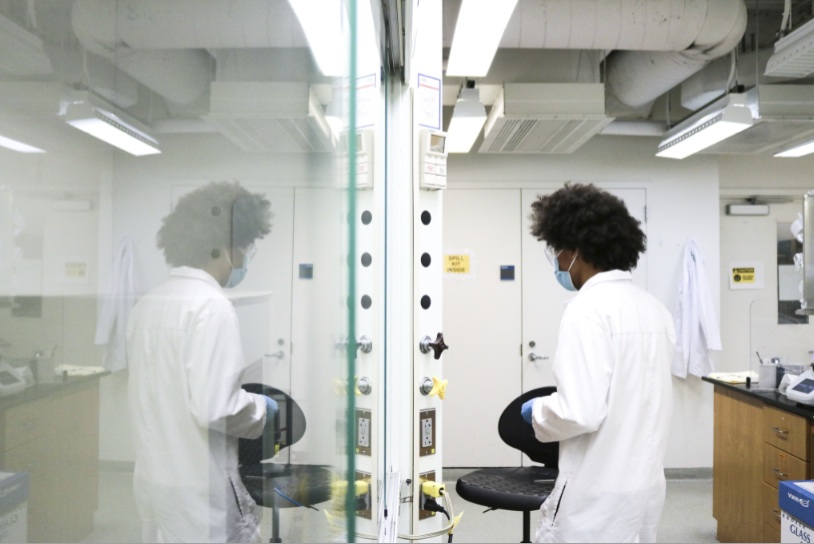
As Algiknit’s process is a drop-in for existing wet spinning technologies, the company are able to speed up its path to commercialisation and have recently announced a new facility, which houses the company’s R&D, manufacturing and business development teams under one roof. From here they will be working on a significant number of pilot projects and will be launching five targeted products in 2022.
For McCall, utilising drop-in equipment is a strategic choice to de-risk and accelerate the company’s entrance to the market. As Kintra is made on existing polyester equipment the company can work with traditional material producers and is currently partnering with Pangaia to scale-up their process for the use in clothing.

MycoTEX is a seamless manufacturing method, which produces custom-made clothes from compostable mushroom roots and founder Aniela Hoitink explained that by working closely with machine manufacturers to integrate the zero-waste manufacturing method into existing production lines, the journey to commercialisation can be more efficient. To accelerate market launch, Hoitink has also undertaken extensive consumer research to understand consumer needs and preferences, both in terms of material aesthetics and demand for sustainability.
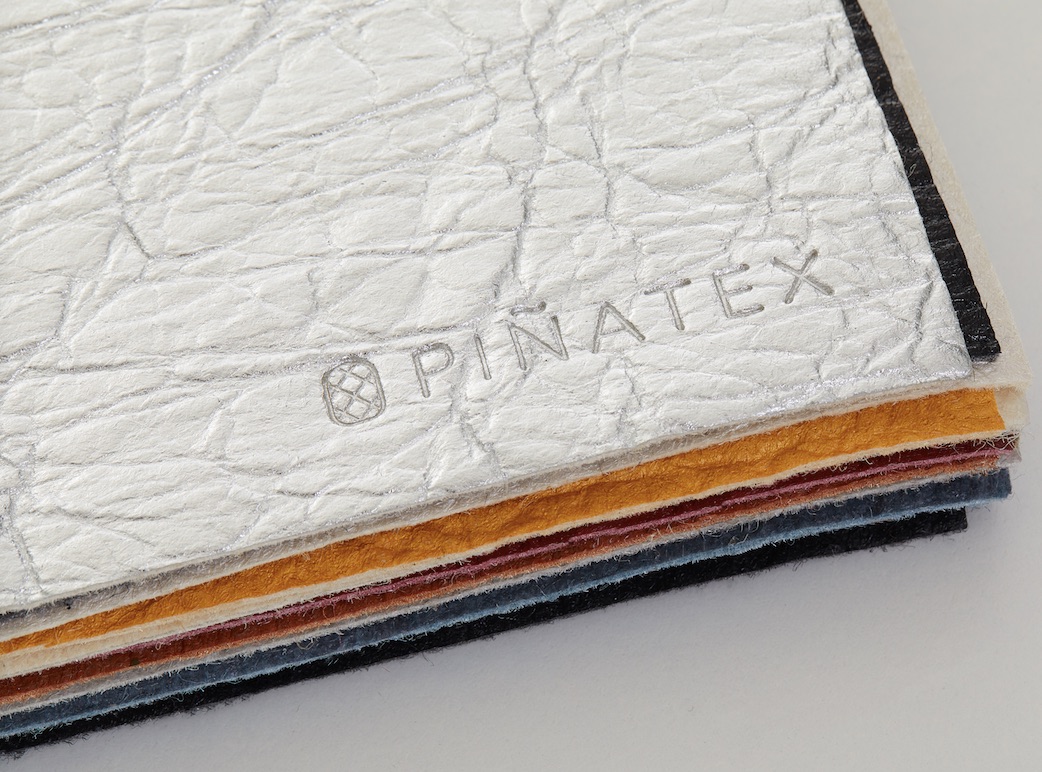
Various speakers mentioned that consumers are becoming more critical about what they wear and sometimes their expectations of new, sustainable materials are difficult to meet. Dr Raquel Prado, Head of Research and Sustainability at Ananas Anam pointed out that consumers as well as brands are often looking for something new but want this to feel and look the same as traditional materials. Therefore, she believes that industry needs to embrace more unique and different aesthetics, rather than striving to mimic leather.
In contrast, VitroLabs Inc, who develop lab-grown leather through tissue engineering, believe they can grow animal hides with the same beauty, feel and quality of traditional leather but with the added bonus of eliminating harm to animals and reducing material waste and chemicals.
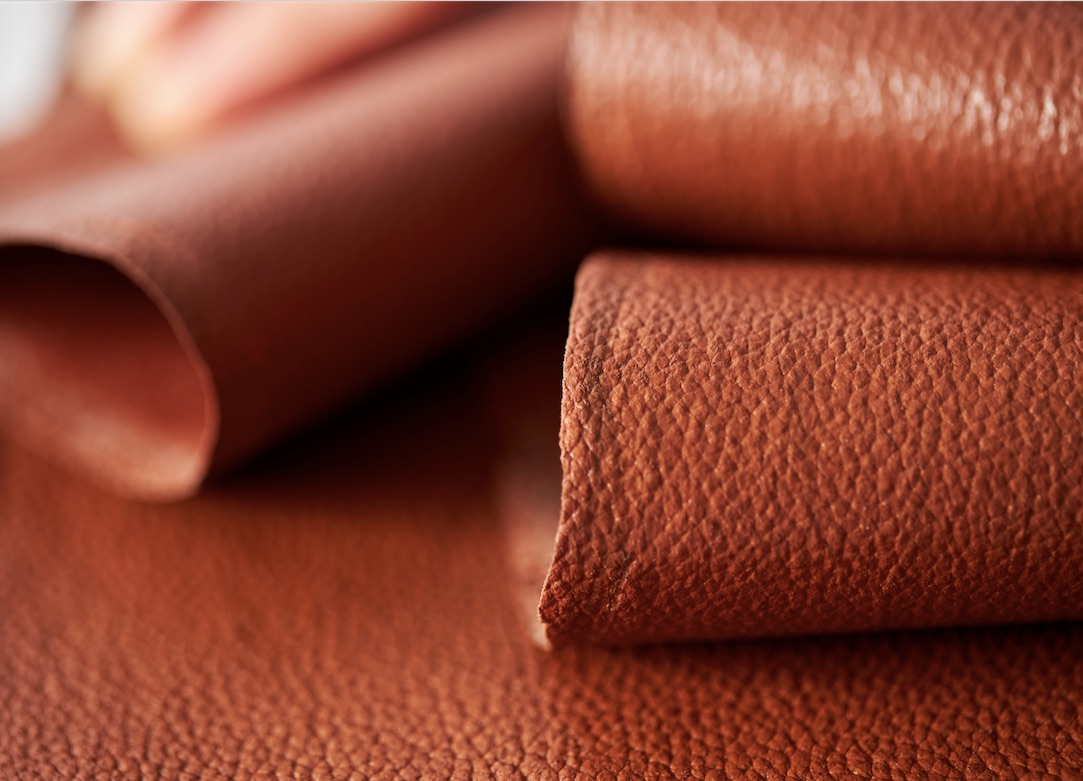
Strategic partnerships are critical to the scaling-up and commercialisation process and the event demonstrated how different start-ups have utilised various types of collaborations to bring their material technology to the market. Natural Fiber Welding shared what they refer to as ‘Partner Clouds’, a purpose-driven map, which enables the company to build brand momentum through working with disruptors and sustainability leaders, as well as developing high volume in relevant markets including accessories, footwear, clothing, home and automotive interiors.

Spinnova’s journey started with the discovery of a spider-web inspired fibre in 2009 and the company completed their industrial scale pilot in 2018, followed by the scale-up and commercialisation stage in 2021. The company advanced this process through strategic product development collaborations with brands during the pilot phase, as well as partnerships to drive future commercial volumes. In addition, adidas and ECCO are shareholders following the investment in the company’s IPO.
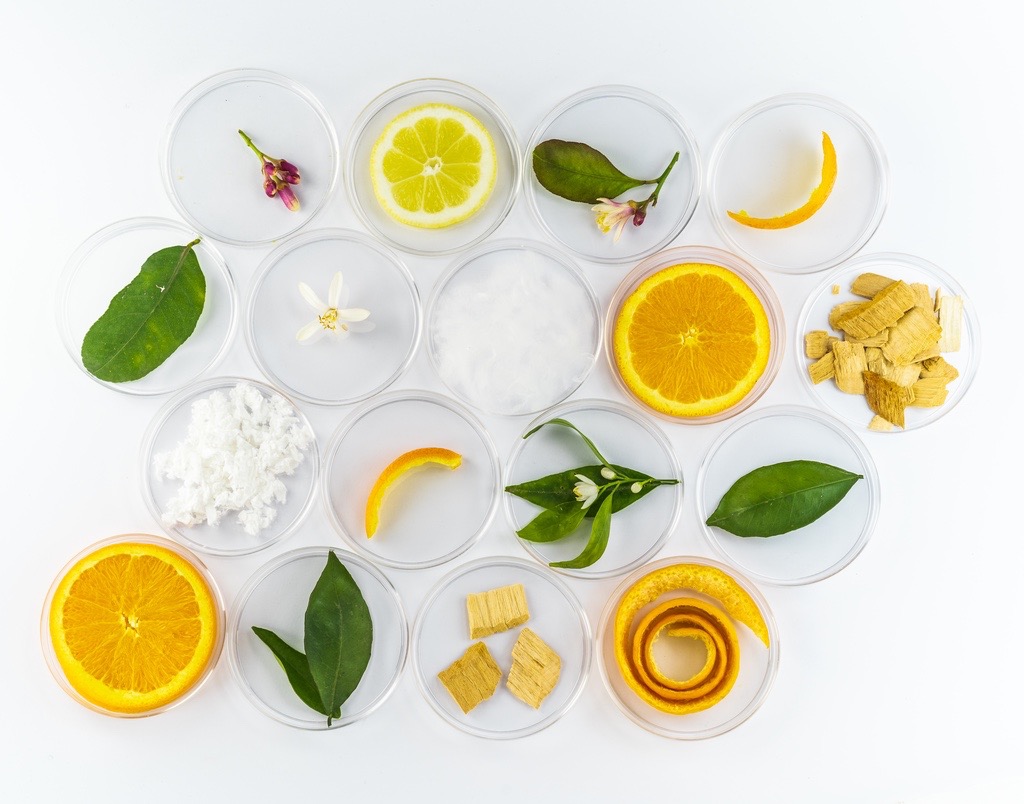
Inspired by the utilisation of by-products from the citrus processing industry, Italian material start-up Orange Fiber was established in 2014. The company have since collaborated with Ferragamo and H & M and have recently joined forces with the Lenzing Group to create the first ever TENCEL branded Lyocell fibre made of orange and wood pulp. Enrica Arena, Co-Founder at Orange Fiber commented that brand expectations can be obstacles to scaling-up, as requirements for certification, small quantities, short-term agreements and the time and effort required for trials and piloting can make it hard for small start-ups to survive.
Looking at future solutions to support start-ups on their journey, various partnership models are emerging, and these include consortia, such as the ‘Renewable Carbon Textile project’ orchestrated by Fashion for Good. This project brings together material and technology innovators with partners from the entire supply chain to investigate, test and validate the development of biosynthetic alternatives to fossil-fuel based fibres.

Business intelligence for the fibre, textiles and apparel industries: technologies, innovations, markets, investments, trade policy, sourcing, strategy...
Find out more